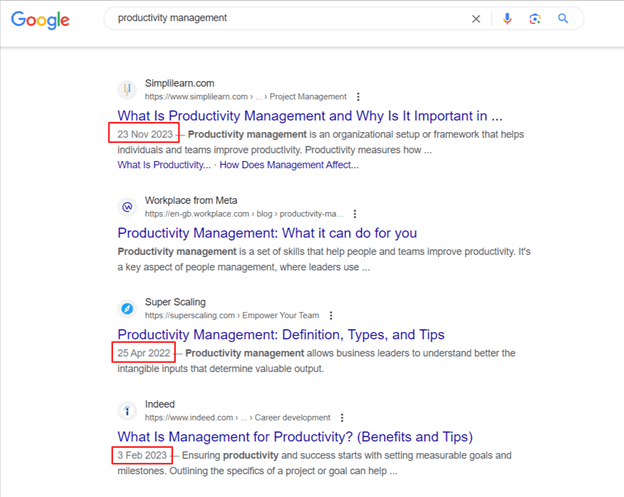[PPC] Automation & AI: What Humans Should Be Doing For Success via @sejournal, @CallRail
Paid media’s main job is to increase visibility and drive traffic for your brand.
And as digital marketing evolves, so, too, will your strategy.
In the current state of paid, the main overarching theme is, you guessed it, AI and machine learning.
As paid media platforms get smarter and constantly find ways to infuse AI into campaign workflows and optimizations, marketers must find a way to keep up with the platforms.
The other side of the coin is maintaining user privacy all the while trying to use AI effectively.
So what major changes should you make to your paid media marketing strategy in 2024?
Here are seven changes you should incorporate without a second thought.

1. Review & Revise Google Tags
If you rely on Google tags for conversion tracking, this change should not be ignored.
In January 2024, Google made an update to its Consent Mode for its Google tags, which will, for now, affect any marketers who run ads targeted to users in the European Economic Area (EEA).
This update requires marketers to take action by March 2024 in order to keep using ad personalization and remarketing features in Google Ads.
Simply speaking, the Consent Mode will need to be updated to adjust its tracking behavior based on how a user interacts with a website’s consent banner.
The two new parameters introduced to Consent Mode are:
- ad_user_data: This controls whether user data can be sent to Google for advertising purposes.
- ad_personalization: This controls whether personalized advertising (remarketing) can be enabled for the user.
As privacy measures continue to become stricter in the United States, it would not be surprising if this becomes required for US advertisers in the somewhat near future.
Keep in mind that in 2024, we’ll have to get comfortable being uncomfortable with imperfect data because of privacy regulations.
2. Make Influencers Part Of Your Marketing Model
Small and large influencers alike are an awesome resource at your fingertips, just as long as your audiences align.
Even brands with a few thousand followers can utilize influencer marketing to make a big difference and gain traction in the market.
Go on a hunt to find the top influencers in your space. Then, figure out the cost per acquisition (CPA) for working with each of them (because you have to court influencers, especially the bigger ones).
From there, you can create a win-win partnership that gets you more leads while the influencer earns income.
Pro Tip: You can use influencer marketing tools to help you in your journey to integrate core influencers into your business model. Some of the most popular include AspireIQ, BuzzSumo, Upfluence, and NeoReach.
Whichever you choose, make sure the influencers you find are big enough to provide real value to your brand — and that you’re paying a CPA that makes sense for your budget and overall goals.
3. Strategic Audience Management On Multiple Platforms
2024 is the year to nail your audience management strategy, both from a holistic perspective and within each encapsulated platform.
That means before building your audiences, you need to understand at a high level who your target customer is.
Further, identify what platforms those types of user-profiles spend their time on.
Once you’ve identified your ideal target customer, then it’s time for the first step in this process:
Building audiences.
From there, you must set up a strategy to target folks within every stage of the funnel – from upper to lower – and decide which networks make the most sense for the different audience cohorts.
Perhaps the most crucial part of this process is analyzing and refreshing your audiences as the year goes on.
You should definitely plan on retargeting and testing new audiences throughout the year.
If you fail to incorporate this part, you run the risk of targeting the wrong sector of people, ultimately throwing money down the proverbial drain.
However, if you retarget and refresh your approach, you’re bound to find a dynamic audience that correlates with your vision.
In the end, audience management alone can be worth its weight in gold.
4. Prepare For Video Content Dominance
You’ve likely heard this phrase before in marketing: content is king.
With a slight tweak for 2024, the new hot phrase should be: video content is king.
Not only is video taking over social platforms like TikTok, Instagram, and Snapchat, but it’s also asserting its dominance in YouTube Ads. YouTube Shorts, the platform’s short-form video offering, is booming.
With this new form of video comes a new ad format: vertical video ads.
Not only should marketers focus on video marketing in general – 2024 is the year to get more sophisticated with video strategy.
Marketers should prioritize creating engaging and high-quality video content that’s appropriate for each platform on which it will be delivered.
If the thought of creating video content for multiple platforms scares you, just remember that a little goes a long way.
Start by creating evergreen content about your brand and test those with different lengths.
These can be used and recycled on multiple platforms and can be used for organic and paid video content simultaneously.
Just remember to create a variety so that your users don’t see the same message or content on the same platforms, which can reduce the effectiveness of video marketing.
5. Don’t Sleep On Microsoft Ads
Microsoft Ads continues to enhance its advertising platform year after year.
Not only does it have many of the same coveted features as Google Ads, but it has added features that are unique to the platform.
As a marketing professional, your brand will surely benefit from digging into it more in 2024.
Some of the most notable updates Microsoft Ads launched in the last twelve months include:
- Video and CTV ads: Microsoft unveiled these new ad types on its platform in September of 2023. Advertisers can choose from online video ads or connected TV ads that are non-skippable while a user is streaming content. This gives advertisers big and small a leg up on what once used to be a very complicated process of buying TV ads.
- Three new generative AI solutions: Also announced in September 2023, Microsoft came out with three new AI features to help grow and scale. These include Compare & Decide ads, ads for Chat API, and Copilot campaign creation.
- Data-driven attribution reporting: Gone are the days of last-click measurement! Microsoft Ads enhanced its UET tagging solution and implemented data-driven attributing modeling. It uses machine learning to calculate the actual contributions of each ad interaction.
While Microsoft still holds a lower share of the available search engines, just remember that you’re leaving a whole slew of potential customers behind by not considering this underestimated ad platform.
6. Focus On Optimizing The User Experience
Between a mix of shorter human attention spans and limited marketing budgets, every interaction and website experience counts.
If you find that your pre-sale metrics are favorable – such as high engagement or high CTR – but never result in a sale, you likely don’t have an ad problem. You have a user experience problem.
In 2024, consumers expect more from brands, especially if they’re spending their hard-earned money with that company.
Ask yourself, when was the last time you sat down and went through your website’s checkout process through the lens of a customer?
If you’re not sure where to start on optimizing your website experience for users, here are some ideas to get you started:
- Use tools like Hot Jar or User Testing to get real-life analytics of how your customers are interacting and what their pain points are.
- Review the website landscape on desktop and mobile. While this may be a no-brainer, many websites still forget to optimize for mobile!
- Make sure that any relevant call-to-actions (CTAs) are above the fold – yes, on mobile, too!
- Check your site speed.
These are items that should continuously be monitored and not a “set and forget,” which unfortunately happens quite a bit.
Optimizing the website user experience can have a positive impact on those paid media campaigns and can make those dollars go further in the future.
7. Use AI Tools To Your Advantage
Let’s face it: Machine learning and AI aren’t going anywhere.
For marketing leaders, 2024 really is the time to lean into its advantages instead of running away from the inevitable advances.
It’s not a question of whether to use AI or not. It’s a matter of how to use AI to your advantage.
While companies are tightening their budgets and scaling back staff, PPC marketers are constantly being asked to do more with less.
This is where AI comes in.
In fact, using AI can strengthen your ROI for paid media campaigns of all kinds (whatever channel you prefer).
Just make sure you don’t sacrifice your brand’s personality for a little efficiency.
One way you can do this is with Google’s generated AI assets (currently in beta). Using its Gemini-powered AI solution, the tool allows for more streamlined campaign creation and generated ad assets, including images, headlines, and descriptions for ads, and more.
Additionally, you’re likely already using one of Google’s Smart Bidding strategies to automate the bidding process.
With a combination of creativity and machine learning, your ads have the potential to go farther than ever before.
Your 2024 Plan Should Not Be Static
If the past year(s) have taught us anything in marketing, it’s to be fluid.
In some cases, tactics that used to be tried and true are now more volatile than ever.
Take advantage of advances in AI to boost your strategic advantage, and keep in mind platforms that you’ve typically shied away from – the time may come to incorporate them into your 2024 strategy.
What changes are you most excited to try this year?
More resources:
Featured Image: Sutthiphong Chandaeng/Shutterstock





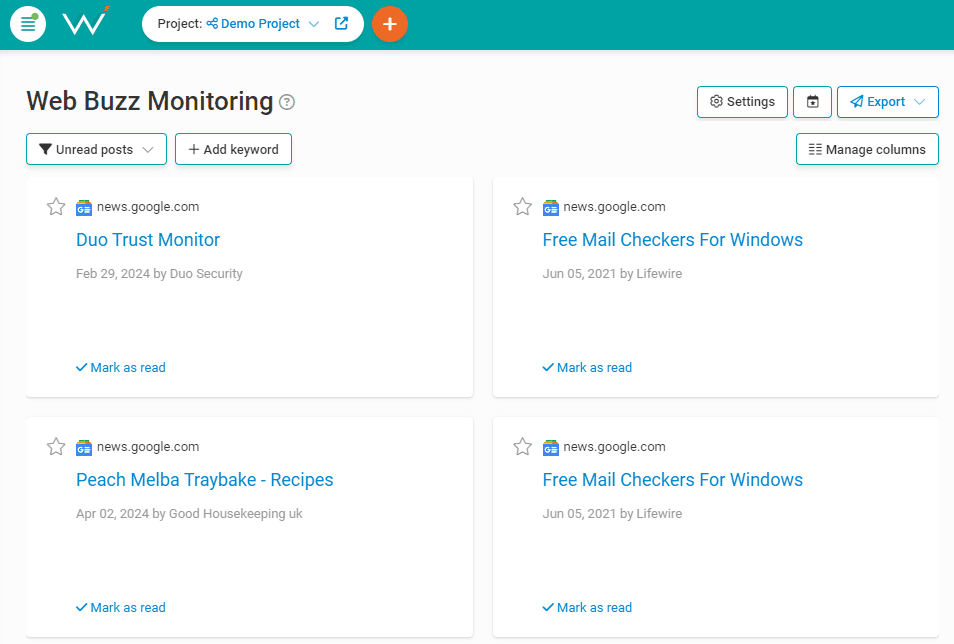


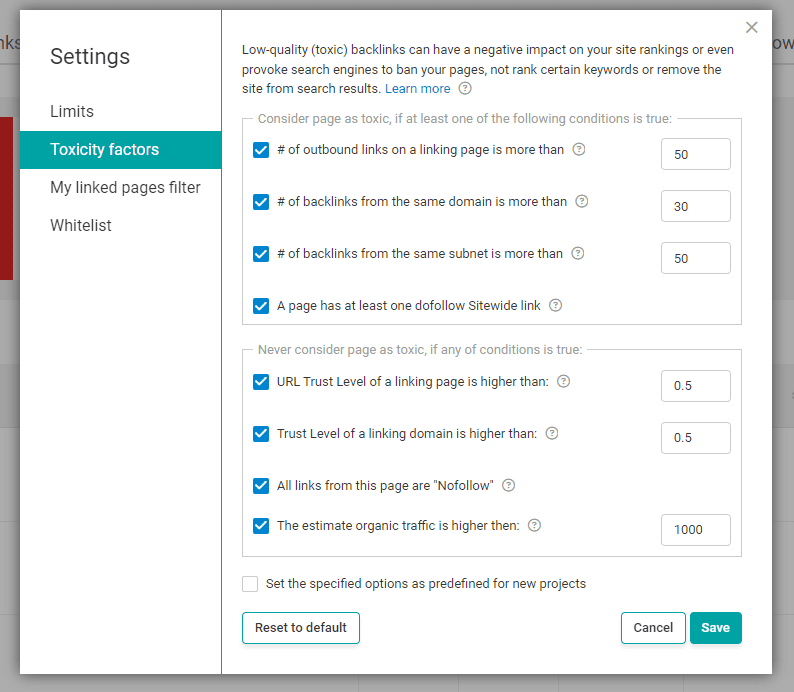





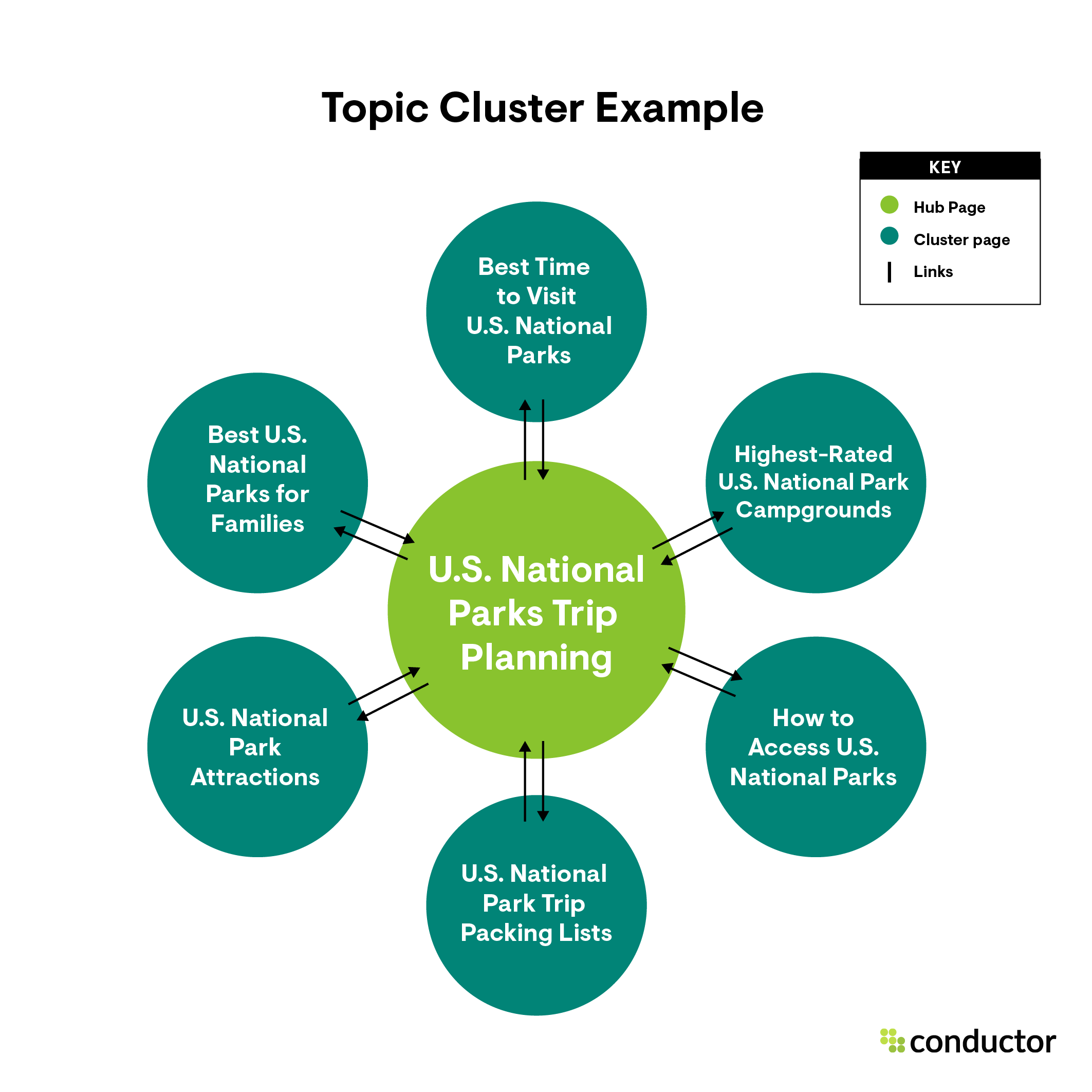
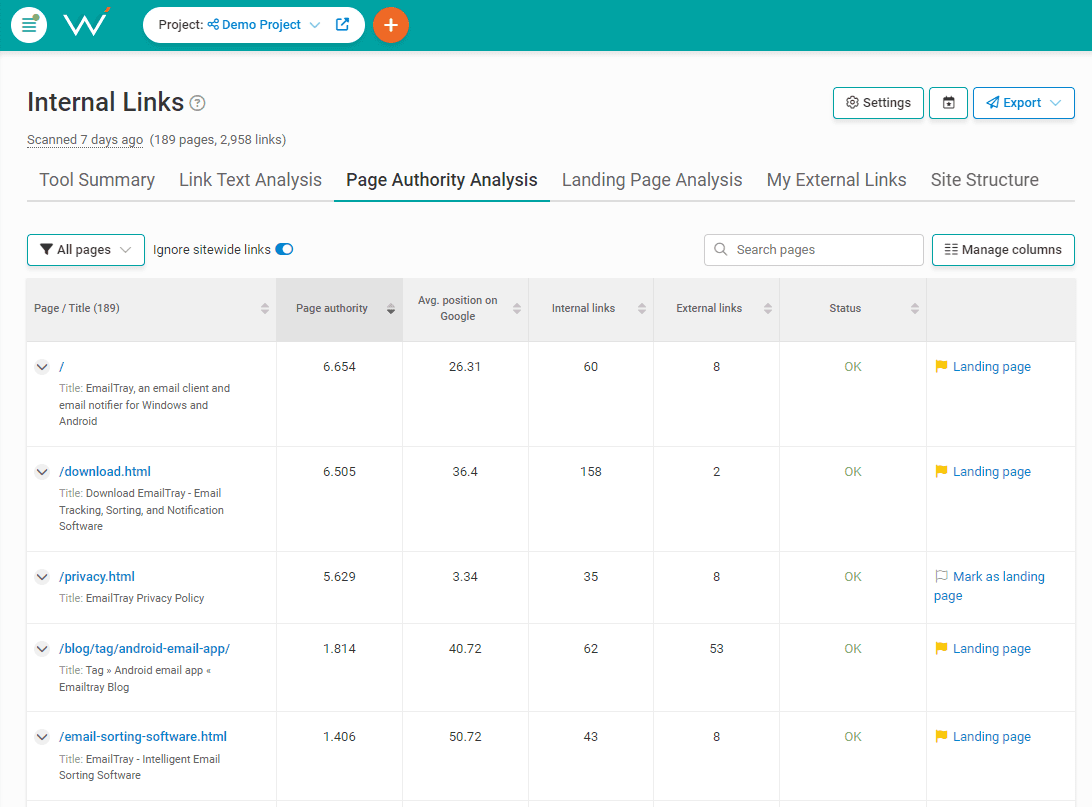

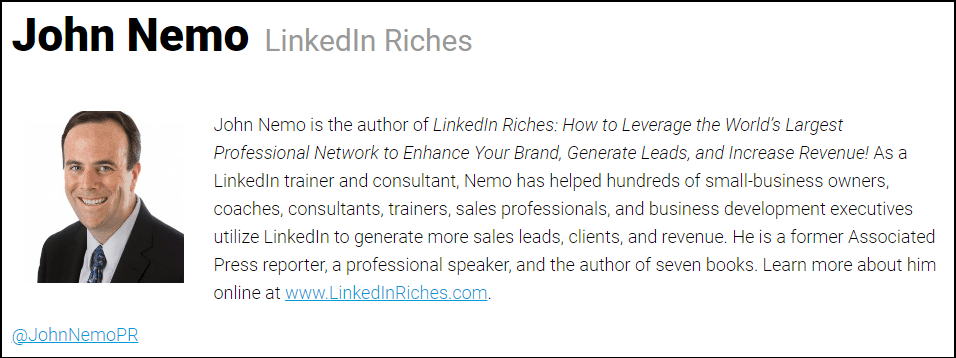
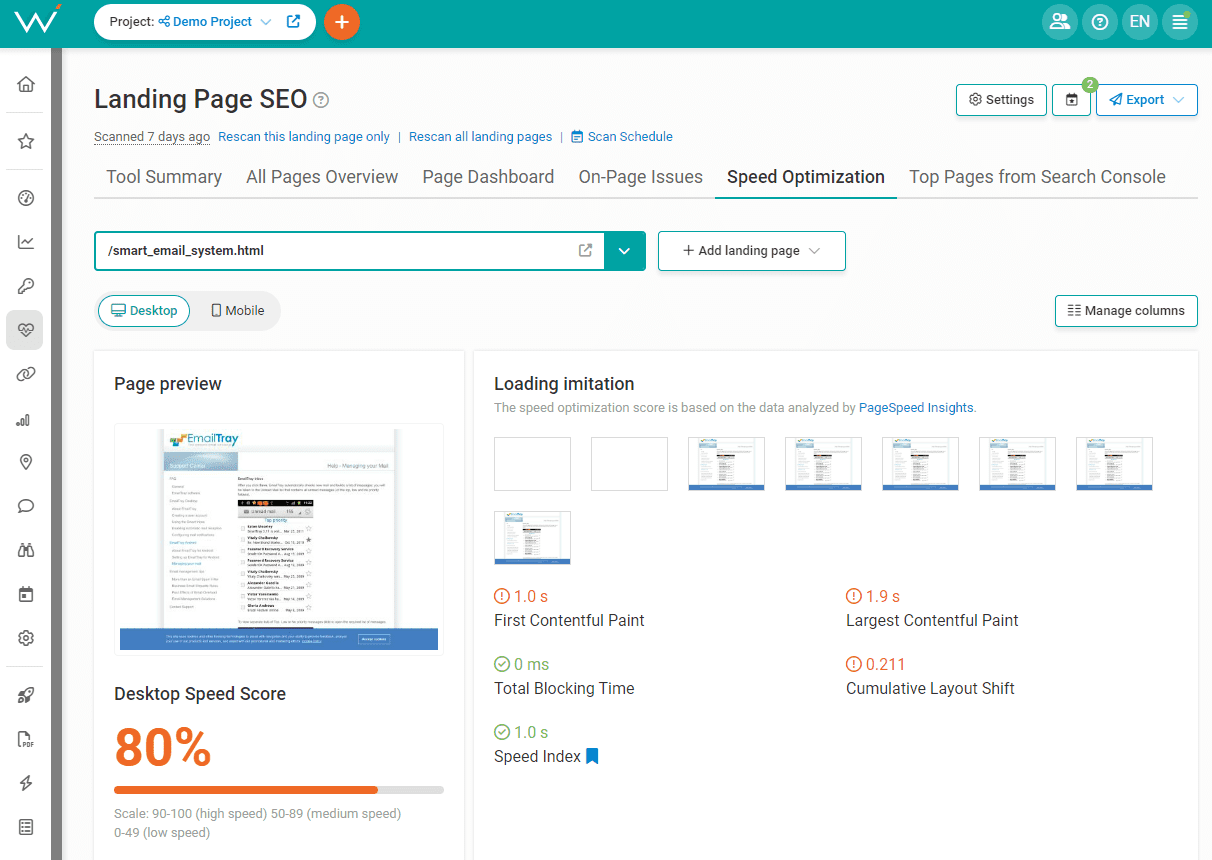


![21 AI Use Cases For Turning Inbound Calls Into Marketing Data [+Prompts]](https://ecommerceedu.com/wp-content/uploads/2024/03/Picture2.png)
![21 AI Use Cases For Turning Inbound Calls Into Marketing Data [+Prompts]](https://ecommerceedu.com/wp-content/uploads/2024/03/Picture3.png)
![21 AI Use Cases For Turning Inbound Calls Into Marketing Data [+Prompts]](https://ecommerceedu.com/wp-content/uploads/2024/03/Picture4.png)
![21 AI Use Cases For Turning Inbound Calls Into Marketing Data [+Prompts]](https://ecommerceedu.com/wp-content/uploads/2024/03/Picture5.png)





